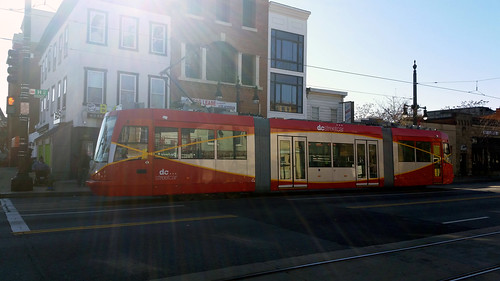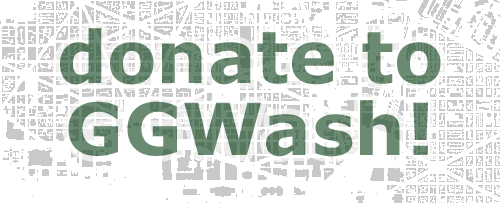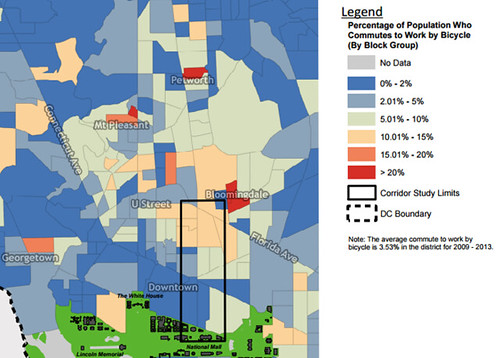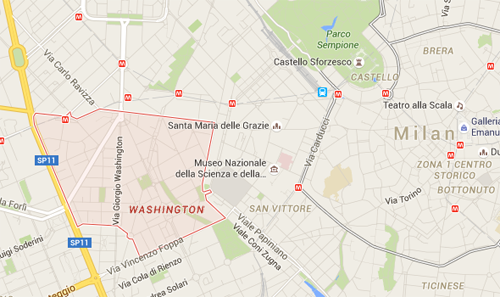There are more than 20 separate bus agencies in the Washington area. Why not run them all as part of WMATA? Some run outside WMATA’s geography, but the bigger reason is money: It costs less to run a local bus than a WMATA bus, translating to better service for less money on local lines.
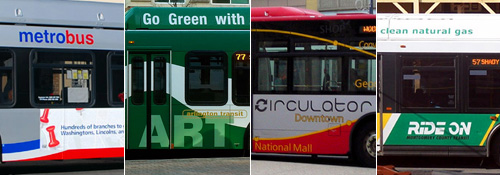
With a few exceptions, essentially every county-level local government in the Washington region runs its own bus system, on top of WMATA’s Metrobus. DC has Circulator, Montgomery County has Ride-On, Alexandria has DASH, etc ad nauseam. There are more than 20 in the region, not even including myriad private commuter buses, destination-specific shuttles, and app-based startups.
Our region is a smorgasbord of overlaying transit networks, with little in common except, thankfully, the Smartrip card.
Why?
Three reasons, but mostly it’s all about money
Some of the non-WMATA bus systems can’t be part of Metro simply because buses go to places that aren’t part of the WMATA geography. Since Prince William County is outside WMATA’s service area, Prince William County needs its own system. Thus, OmniRide is born. Hypothetically WMATA could expand its boundaries, but at some point 20 or 40 or 60 miles out from DC, that stops making sense.
Another reason for the transit hodgepodge is control. Locals obviously have more direct control over local systems. That’s an incentive to manage buses close to home.
But the biggest reason is money. Specifically, operating costs.
To calculate how much it costs to operate a bus line, transit agencies use a formula called “cost per revenue hour.” That means, simply, how much it costs to keep a bus in service and carrying passengers for one hour. It includes the cost of the driver’s salary, fuel for the bus, and other back-end administrative costs.
Here are the costs per hour for some of the DC-region’s bus systems, according to VDOT:
- WMATA Metrobus: $142/hour
- Fairfax County Connector: $104/hour
- OmniRide: $133/hour
- Arlington County ART: $72/hour
Not only is WMATA the highest, it’s much higher than other local buses like Fairfax Connector and ART. OmniRide is nearly as high because long-distance commuter buses are generally more expensive to operate than local lines, but even it’s less than Metrobus.
This means the local systems can either run the same quality service as WMATA for less cost, or they can run more buses more often for the same cost.
At the extreme end of the scale, Arlington can run 2 ART buses for every 1 Metrobus, and spend the same amount of money.
In those terms, it’s no wonder counties are increasingly pumping more money into local buses. Where the difference is extreme, like in Arlington, officials are channeling the vast majority growth into local buses instead of WMATA ones, and even converting Metrobus lines to local lines.
Why is Metrobus so expensive to run?
Partly, Metrobus is expensive because longer bus lines are more expensive to run than shorter ones, so locals can siphon off the short intra-jurisdiction lines for themselves and leave the longer multi-jurisdiction ones to WMATA.
Another reason is labor. WMATA has a strong union, which drives up wages. The local systems have unions too, but they’re smaller and balkanized, and thus have less leverage.
Finally, a major part of the difference is simply accounting. WMATA’s operating figures include back-end administrative costs like the WMATA police force, plus capital costs like new Metro bus yards, whereas local services don’t count those costs as part of transit operating.
Montgomery County has a police department of course, and bus planners, and its own bus yards, but they’re funded separately and thus not included in Ride-On’s operating costs.
So part of the difference is real and part is imaginary. It doesn’t actually cost twice as much to run a Metrobus as an ART bus. But for local transit officials trying to put out the best service they can under constant budget constraints, all the differences matter.
 Comment on this at the version cross-posted to Greater Greater Washington.
Comment on this at the version cross-posted to Greater Greater Washington.
Average Rating: 4.9 out of 5 based on 205 user reviews.

 Continue reading at Greater Greater Washington
Continue reading at Greater Greater Washington










